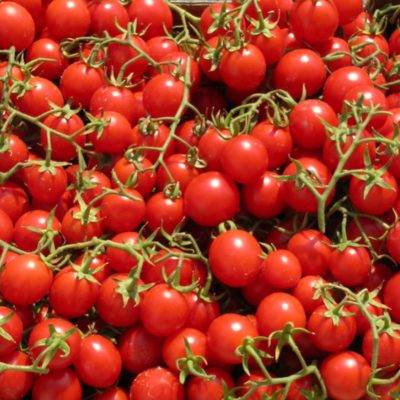Growing Tomatoes
Tomatoes are the ultimate goal in a garden. With their eye on the prize, gardeners will find a way in cool climates. In the mountains, plants are lovingly covered at night or moved indoors at dusk. The extra care is necessary, but there are varieties for many different growing conditions. A short season determinate, like Patio Choice or Tiny Tim, might be the answer for a cool climate or deck gardening. Heat Master if you live in a hot area. Canners prefer Legend, Cal-Ace, Super Sioux, Burrell’s Special or Roma VF. If your plants are purchased at a big box retailer, chances are you will not get the best strain for your area. Growing your tomato plants from seed insures the best variety for your area and culinary use.
Start our tomato seeds in a good potting mix six weeks before your last spring frost date. Dampen soil before sowing seeds. Plant 1/4″ deep in flats or individual pots. Keep evenly moist while germinating and starting small seedlings, but not wet. In warm areas with a long season, tomatoes can be direct seeded. Sow when all danger of frost has passed and soil temperature is 50º or more. Plant 1/4″ to 3/4″ deep, 3′ to 4′ apart in rows 4′ to 5′ apart. Plants may be closer with support or cages. Harden off seedlings before transplanting with brief exposure when the weather is warm and calm. Transplant when soil temperatures exceeds 60º and no frost is expected. In cool climates, row covers or cloches, fashioned from translucent jugs will protect your seedlings while the weather stabilizes. Tomatoes are heavy feeders that benefit from monthly fertilizing. Indeterminate tomatoes need support. Dandy tomato cages can be made with concrete reinforcement wire.
Good companion crops are basil, chives, onion, parsley, asparagus, marigolds, nasturtium, carrots and garlic. Bad companion crops are kohlrabi, potato, fennel, cabbage and corn.
-

Tomato – Burrell’s Special
$2.60 – $93.50 -

Tomato – Roma VF
$2.60 – $104.10 -
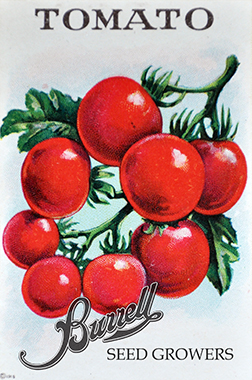
Tomato – Large Red Cherry
$2.60 – $138.60 -

Tomato – Better Boy
$6.10 – $80.10 -
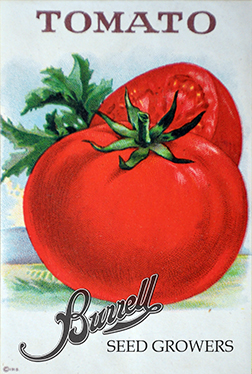
Tomato – Heat Master
$8.30 – $152.10 -
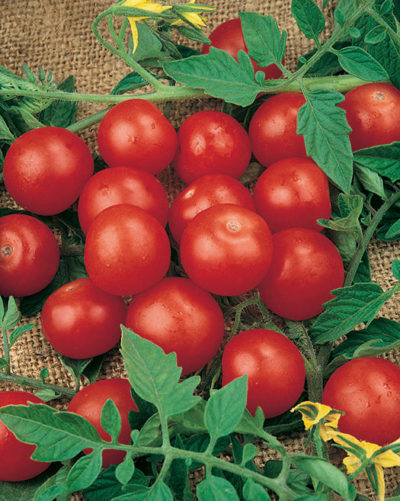
Tomato – Tiny Tim
$5.10 – $45.10 -
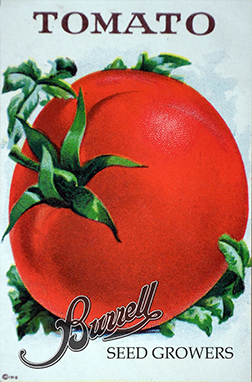
Tomato – Celebrity
$6.60 – $98.10 -

Tomato – Ruffino’s Favorite
$4.90 – $43.50 -
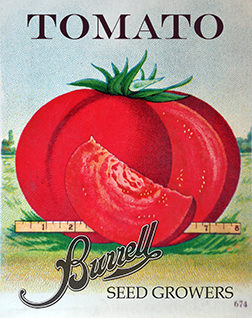
Tomato – Beefsteak Red Det
$2.60 – $154.40 -
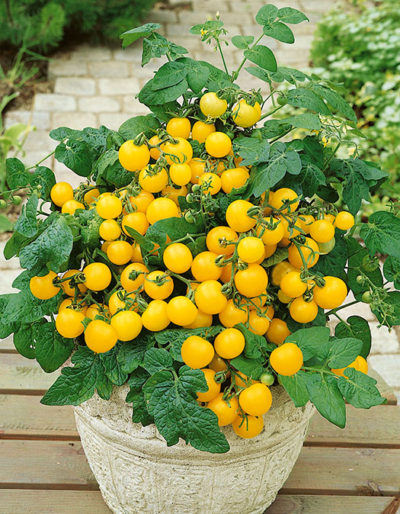
Tomato Cherry – Patio Choice Yellow
$4.40 – $25.10 -

Tomato – Heat Queen
$5.70 – $69.10 -
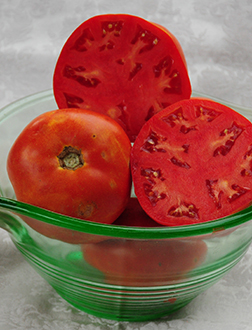
Tomato – Mountain Man
$8.20 – $145.20 -
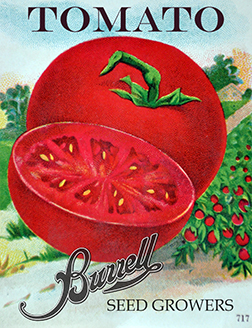
Tomato – Super Sioux
$2.60 – $18.30 -

Tomato – DVB 2121
$4.80 – $39.10 -
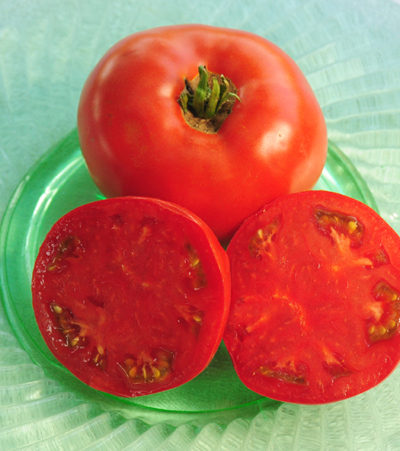
Tomato – J. Moran
$4.40 – $45.00 -
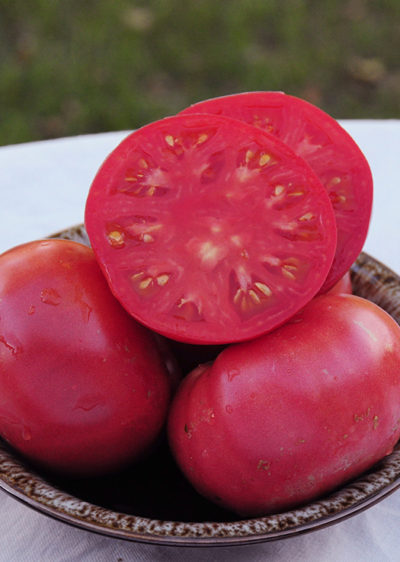
Tomato – June Pink
$4.40 – $25.10 -

Tomato – Carolina Gold
$7.30 – $123.80 -
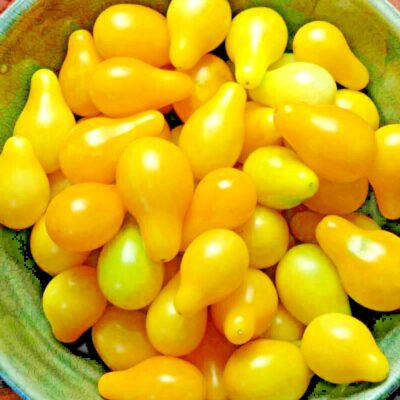
Tomato – Yellow Pear
$4.00 – $16.00 -

Tomato – Rutgers
$2.60 – $158.30 -
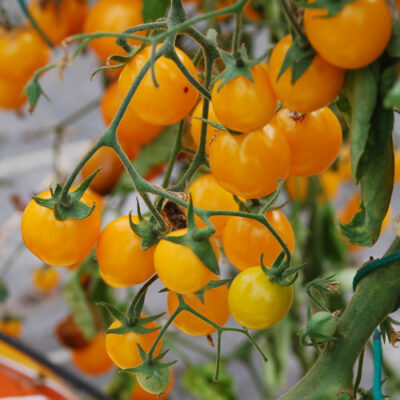
Tomato – Golden Nugget
$4.80 – $38.50 -

Tomato – Blush
$2.60 – $6.00 -
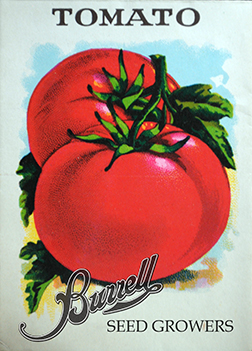
Tomato – Manitoba Early
$4.40 – $25.10 -
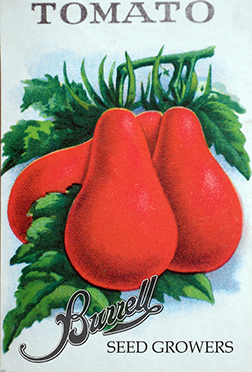
Tomato – Rio Grande Roma
$2.60 – $94.10 -

Tomato – Cal-Ace
$2.60 – $35.50 -

Tomato – Legend
$4.30 – $22.40 -
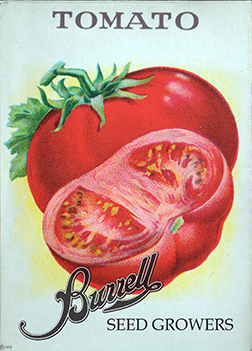
Tomato – Brandywine Red
$4.40 – $25.10 -

Tomato – Brandywine Pink
$4.40 – $25.10 -

Tomato – Beefsteak Pink
$4.40 – $25.10 -

Tomato – Floradade
-

Tomato – Ace 55 VF
$2.60 – $115.70


